You are here
Mon, 2011-05-23 09:48 — mdmcdonald
This working group is focused on discussions about disaster management.
The mission of this working group is to focus on discussions about disaster management.
Add Content to this group
Members
| Kathy Gilbeaux | Maeryn Obley | mdmcdonald |
Email address for group
disaster-management@m.resiliencesystem.org




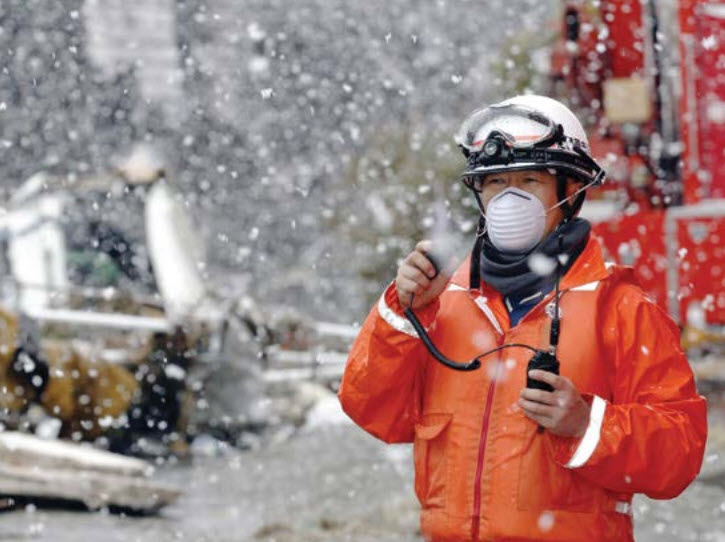

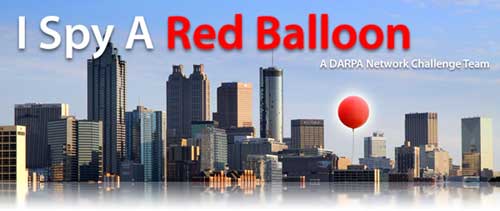
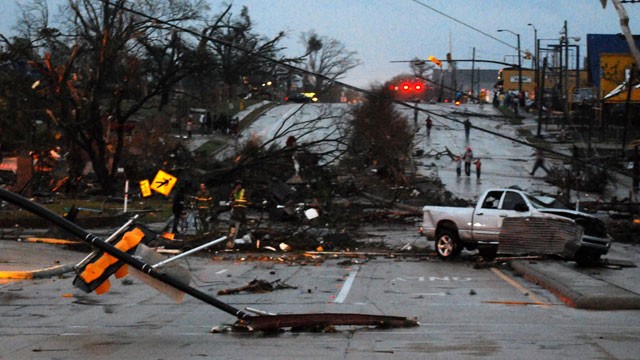
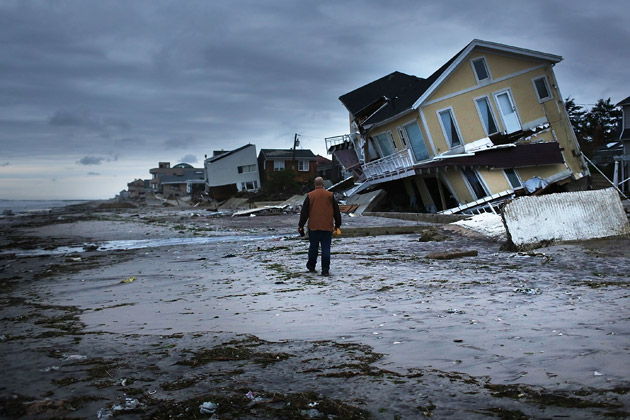
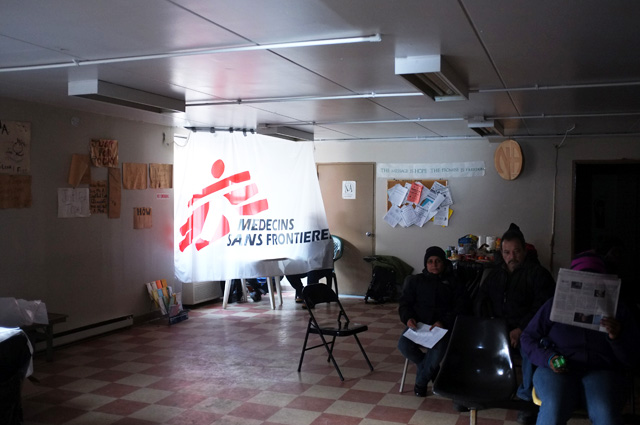 \
\
Recent Comments